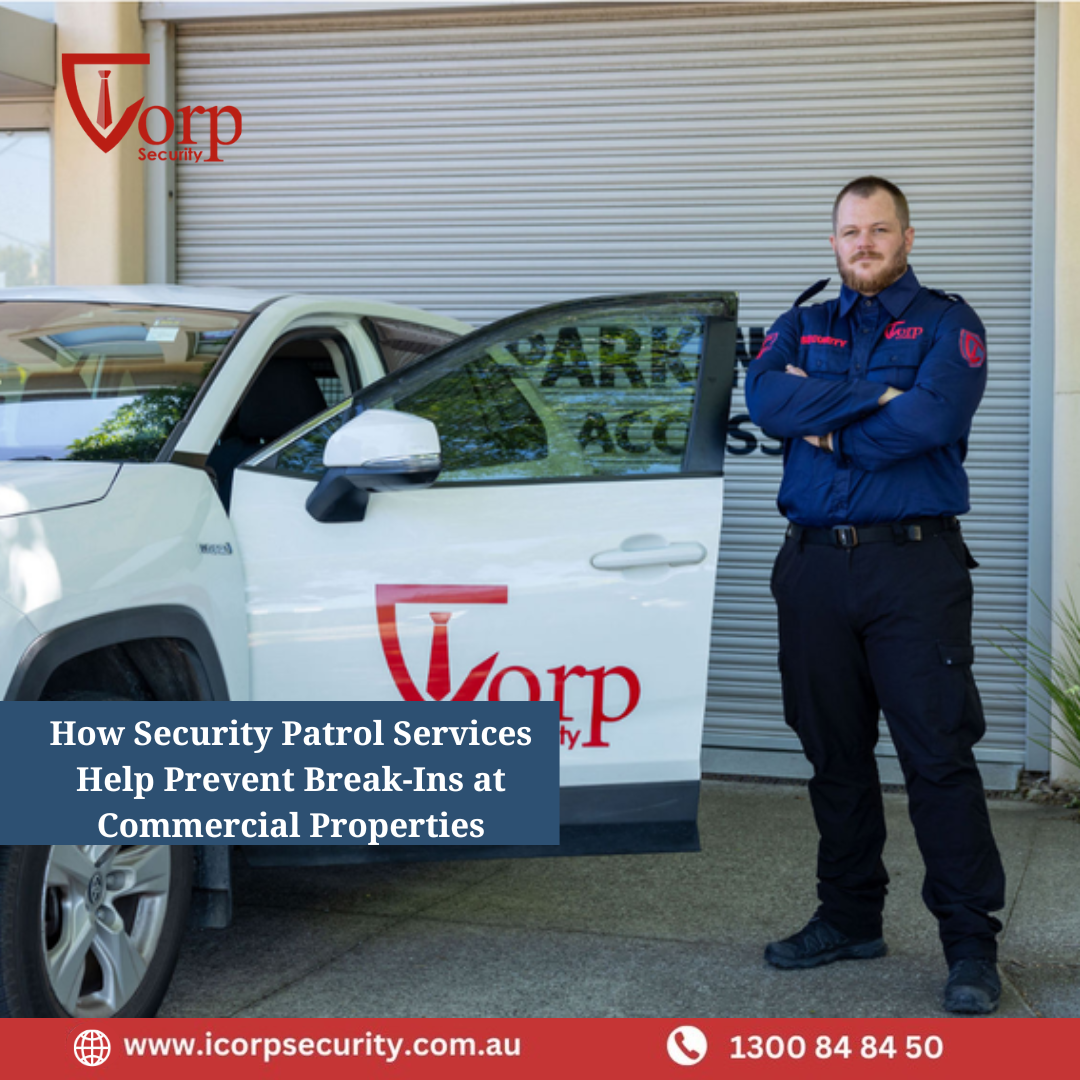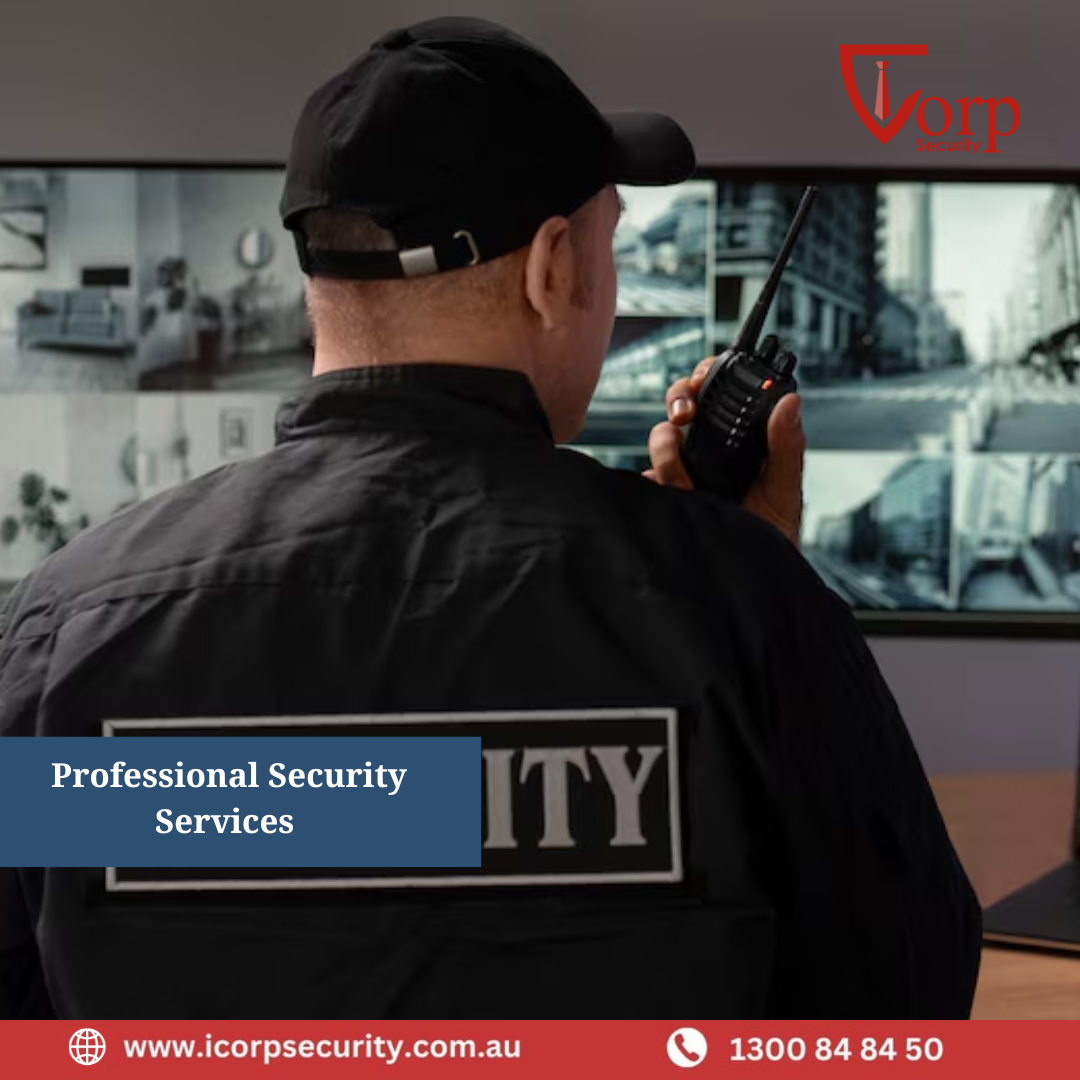
Queue management is a security practice to manage crowds mostly on a large scale to prevent crushes, fights, or any other threat. You’ll also know about the importance of avoiding queue congestion, and what precautions you can take to provide proper queue management.
Introduction
We know how serious a lack of effective queue management and crowd management can be. Crowd crushes can result in horrifying situations, ultimately causing fatalities and injuries to individuals. A few terrifying crowd crush incidents that are engraved in history happened at a pedestrian tunnel in the center of Melbourne in 2023 on New Year’s Eve and Itaewon, Seoul in 2022 where 150+ people died in a crowd crush while celebrating Halloween. To prevent such horrifying incidents from happening following an effective security strategy is important, the most basic yet crucial management is queue management. let’s dive in and learn how to Avoid Queue Congestion at Your Next Events.
What is Queue management ?
Queue management is a process to manage crowds mostly on a large scale which prevents incidents such as crowd crushes, fights, or crowd congestion. Queue management helps improve the waiting experience of all the attendees and keeps them safe.
Why it is important to avoid queue congestion ?
Queue congestion can hinder a crowd’s freedom of movement. Making it difficult for them to move between various venues, resulting in a crowd crush. People involved in crowd crushes are most likely to get injured. It is crucial to grasp the significance of avoiding queue management issues and recognizing the elements that lead to queue congestion to actively address such situations.
Factors that contribute to queue congestion ?
Queue congestion can hinder a crowd’s freedom of movement. Making it difficult for them to move between various venues, resulting in a crowd crush. People involved in crowd crushes are most likely to get injured. It is crucial to grasp the significance of avoiding queue management issues and recognizing the elements that lead to queue congestion to actively address such situations.
High Demand & Limited Resources -
When there’s significantly high demand for an event, people are more likely to queue up, leading to congestion. And limited resources or inadequate staffing can slow down service, making queues longer. For example, security scanning before entering into a concert is usually a bit time-consuming but providing enough entry points helps avoid congestion.
Inefficient Queue Design & Planning -
Lack of proper planning can result in understaffing or insufficient resources to handle the crowd and poorly designed queues can lead to congestion. This includes not having clear pathways, barriers, or signage to direct people effectively.
Unexpected Factors -
Unexpected events like technical glitches, medical emergencies, Weather, and natural disasters can disrupt queues and create congestion.
Limited Space & Customer Behavior -
Limited physical space can constrain the queue, making it difficult to accommodate a large number of people. Due to this sometimes, customer negative behavior can contribute to congestion, such as indecisiveness or arguments.
Lack of Alternatives -
When planning a large event it’s important to have an alternative in your queue management, if there are no alternatives to a particular service, people would’ve no choice but to wait in line for a long time.
Strategies to Avoid Queue Congestion
Efficient queue management is not just a convenience for attendees; it’s a strategic imperative for businesses and organizations seeking to enhance customer satisfaction and operational effectiveness. strategies to avoid queue congestion and ensure a smoother, more satisfying experience for everyone involved.
Use Multiple Queues
Multiple queues are one of the simplest yet effective strategies to prevent congestion. Instead of a single, serpentine line, create separate lines for different services or categories of attendees. Airports or Hotels, for example, often have separate queues for express checkouts, regular checkouts, and self-checkout. This approach reduces wait times and ensures customers get the service they need more quickly.
Use Staggered Entry Times
Staggered entry times can be particularly useful for events or venues with limited capacity, such as Concerts, theaters, or restaurants. By offering customers different entry times slots, you can spread out arrivals and reduce the initial rush, preventing congestion at entrances and inside the venue
Use Virtual Queuing
Virtual queuing is a modern solution that leverages technology to improve the customer experience. Customers can reserve a spot in the queue remotely through a mobile app or web app, allowing them to wait comfortably elsewhere until it’s their turn. The app provides prior reminders for you to gather near the queue when it’s your turn. This eliminates the need for physical queues and minimizes congestion in waiting areas.
Use Queue Management Software
Queue management software offers a comprehensive approach to managing queues. It provides real-time data on queue lengths, waiting times, and service rates. With this information, you can allocate staff more effectively in the events, at open or closed service points as needed, and actively address congestion issues. The software can also send alerts to customers, keeping them informed about their expected wait times.
Use Clear and Concise Signage
Clear and concise signage is key to preventing confusion and ensuring customers reach their designated venue. Signage should indicate information such as the start of the queue, the direction it follows, and estimated wait times. Well-placed signs help customers navigate queues effortlessly and reduce congestion.
Make Sure Your Queues Are Well-Organized
Well-organized queues are essential for efficient queue management. Plan the queue design in advance and with clear, visible boundaries using ropes and barriers. Ensure that the path is wide enough to accommodate customers comfortably. Additionally, it provides seating and amenities for those waiting in longer lines this is mostly recommended in concerts and festivals. An organized queue not only prevents congestion but also enhances the overall customer experience.
Need help planning for your next event? We are happy to help you.
Conclusion
Lastly, efficient queue management is a basic yet crucial aspect of providing excellent attendee service and maintaining the smooth operation of your business. By using the above 6 strategies you can reduce congestion and make waiting in line a more pleasant experience for your attendees. It’s well-known happy customers are more likely to recommend your business to others. So, go ahead in invest in learning these strategies.
- What are the different types of queue management systems?There are mainly 2 types of queue management systems i.e. linear and virtual. Linear queue management systems are operated where attendees wait in line to be served. Virtual queue management systems are intelligent virtual software that helps you serve and book a spot in an invisible line. On their arrival credentials are been asked to verify the attendee.
- How can I improve my queue management planning?You can use the strategies specified in the blog such as multiple queues, staggered entry time, virtual queue, etc. and you can also use queue management software like vfiars.
- Where Icorp located?We are situated in Melbourne, Australia.
- How do I contact you if I have any queries?For any queries, you can mail us at info@icorpsecurity.com.au or call us at 1300848450.
![]() Get In Touch
Get In Touch




